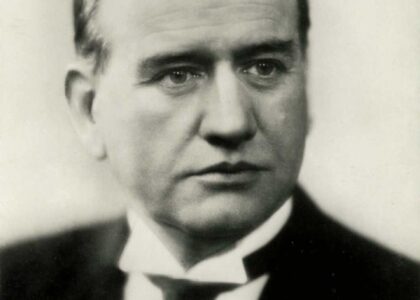Welcome to Carvers Creek State Park, a place where nature and history intertwine to offer a rich tapestry of stories. Established as the 41st state park in North Carolina, Carvers Creek has its roots deeply embedded in both the natural world and the annals of American history. The park officially opened to the public in 2010, but its story begins much earlier.
The land that is now Carvers Creek State Park was once the winter retreat of James Stillman Rockefeller, a prominent figure of the early 20th century. Rockefeller, a grandson of Standard Oil co-founder William Rockefeller, purchased the Long Valley Farm in 1937. It served as his escape from the bustling world of finance, and he resided here until his passing in 2004 at the age of 102. His estate was later transferred to the Nature Conservancy, ensuring its preservation for future generations.
One of the park’s most captivating features is the historic millpond, originally constructed in the 1850s by Daniel McDiarmid. This millpond was a central part of McDiarmid’s turpentine and lumber business. It was later reworked in 1938 under Rockefeller’s ownership, adding another layer of history to the site.
The park is also home to diverse ecosystems, including the endangered longleaf pine forests. These habitats provide sanctuary to species such as the red-cockaded woodpecker and the Pine Barrens tree frog, making the park a crucial conservation area as well as a place of historical significance.
Visitors to Carvers Creek can explore the park’s natural beauty and historic structures, including the Rockefeller house, which is occasionally open for tours. The park’s Sandhills access offers multi-use trails for hiking and horseback riding, allowing visitors to immerse themselves in the serene landscapes that have remained largely unchanged for decades.
Throughout its history, Carvers Creek has been a place of refuge and reflection, from its early days as a business hub to its transformation into Rockefeller’s retreat, and now as a state park preserving both natural and cultural history.




